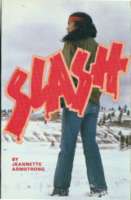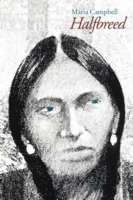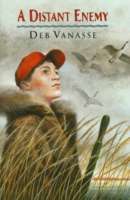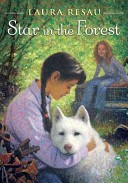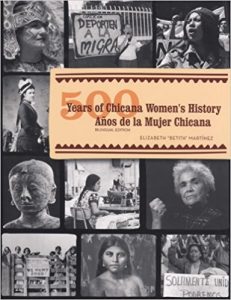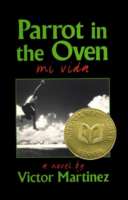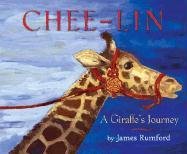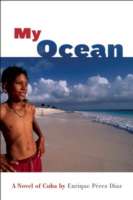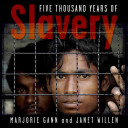
When they were too impoverished to raise their families, ancient Sumerians sold their children into bondage. Slave women in Rome faced never-ending household drudgery. The ninth-century Zanj were transported from East Africa to work the salt marshes of Iraq. Cotton pickers worked under terrible duress in the American South.Ancient history? Tragically, no. In our time, slavery wears many faces. James Kofi Annan’s parents in Ghana sold him because they could not feed him. Beatrice Fernando had to work almost around the clock in Lebanon. Julia Gabriel was trafficked from Arizona to the cucumber fields of South Carolina.Five Thousand Years of Slavery provides the suspense and emotional engagement of a great novel. It is an excellent resource with its comprehensive historical narrative, firsthand accounts, maps, archival photos, paintings and posters, an index, and suggestions for further reading. Much more than a reference work, it is a brilliant exploration of the worst – and the best – in human society.

